
Living with water: integrating blue, green and grey infrastructure to manage urban floods
This is second in the ongoing series of blogs on Urban India Going Underwater. Read the first blog here.
Rampant urbanization and climate change are twin triggers causing severe and frequent urban flooding across India. Traditional grey stormwater infrastructure such as gutters, storm drains, collection systems and pumps, are designed to quickly move urban stormwater away from the built environment. But every year we see recurring cases of such infrastructure failing to reduce urban flooding events across a range of Indian cities.
In this blog we explore global examples where urban flooding is managed through a combination of new blue-green infrastructure (nature inspired) with traditional/conventional grey water infrastructure. This integrated blue-green-grey approach makes use of natural systems (either intact or engineered) to provide urban services; for example, parks/squares absorb stormwater runoff, wetlands/lakes retain stormwater and mangroves mitigate impacts of storm surges and coastal erosion.
Integrated solutions aid water resource management, disaster risk reduction and climate change adaptation; they also offer ecosystem benefits, improved public health, bringing urban dwellers closer to nature, and biodiversity conservation. Globally, water prudent urban development is gaining prominence with cities adopting hybrid approaches of integrating or replacing grey infrastructure with new blue-green solutions.
These hybrid interventions are designed to operate at (local) street/ neighborhood scale and (larger) city scale; national policies can also enable planning and financing to increase urban flood resilience. A few hybrid interventions implemented by cities globally are described here.
Street-scale (local): Permeability is key
In the last two decades, many global cities, especially in the US have successfully transformed their hard streets into porous, green landscapes. Portland, Seattle, New York, to name a few, have mitigated the risk of urban floods with integrated blue-green-grey solutions undertaken as part of green streets program. Sheffield, too recently incorporated similar infrastructure, i.e., street trees, permeable pavements, bioswales and retentions planters and rain gardens at local street scale to help build resilience. Successful cases of such interventions use a multi-disciplinary approach to transport infrastructure planning and design—one that integrates engineering, landscape design and hydrology.
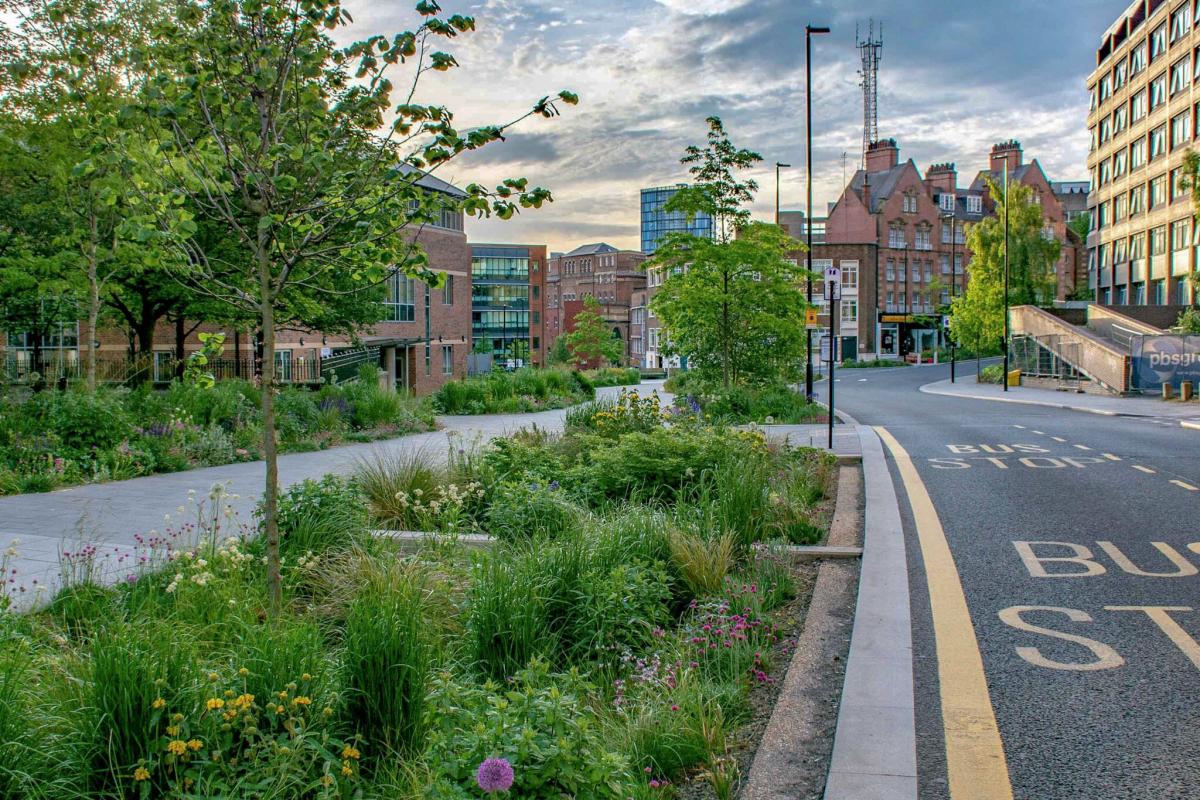
Neighborhood scale: Storing water in playgrounds and parks
Many cities like Paris, Singapore, Rotterdam, New Orleans, have transformed existing open/vacant spaces such as city parks, playgrounds and post-industrial zones into water-prudent landscapes using green interventions. These spaces integrate nature into the urban fabric increasing biodiversity and reconnect urban dwellers to nature both visually and physically.
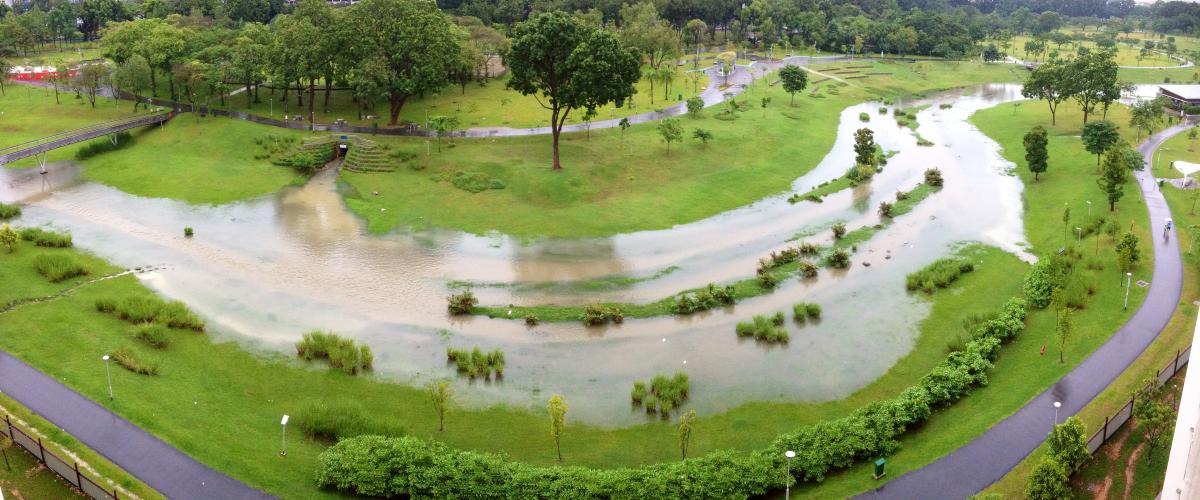
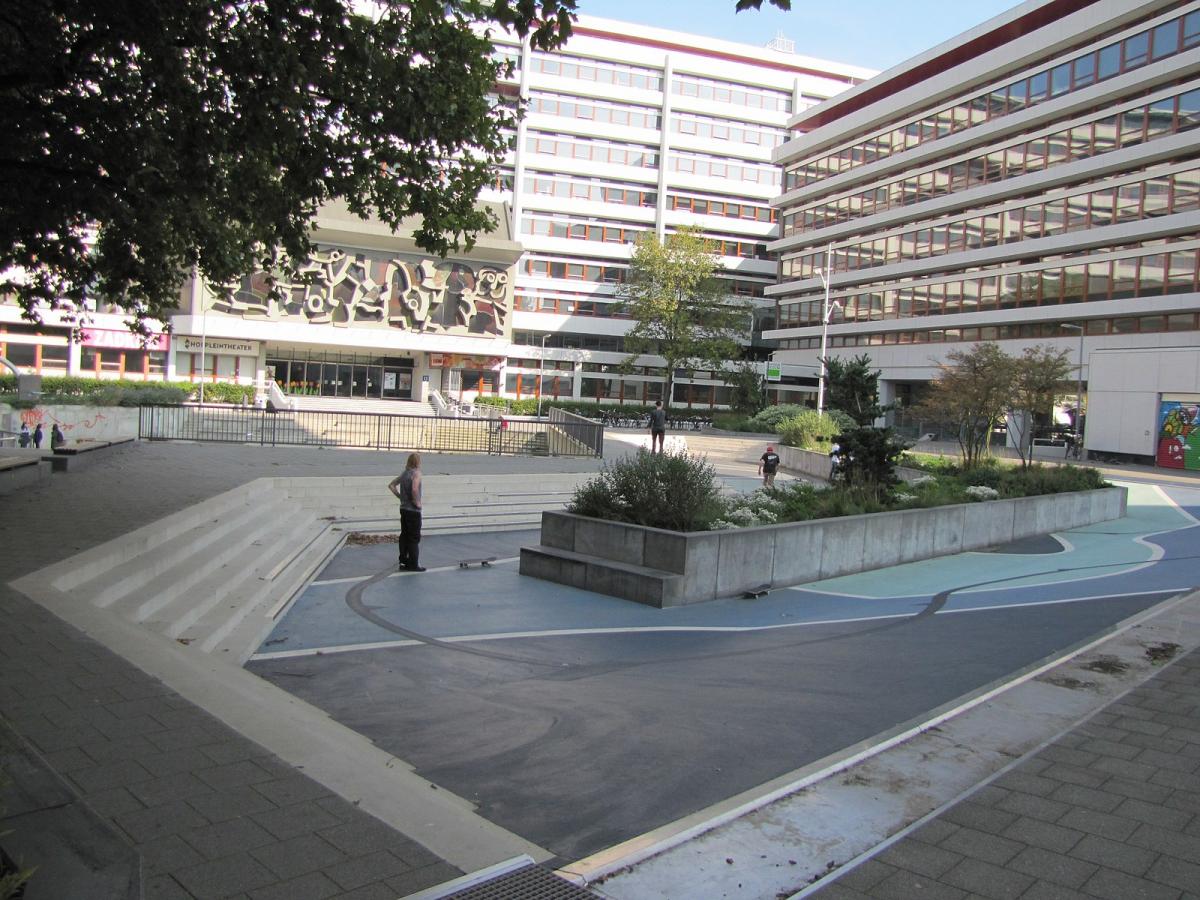
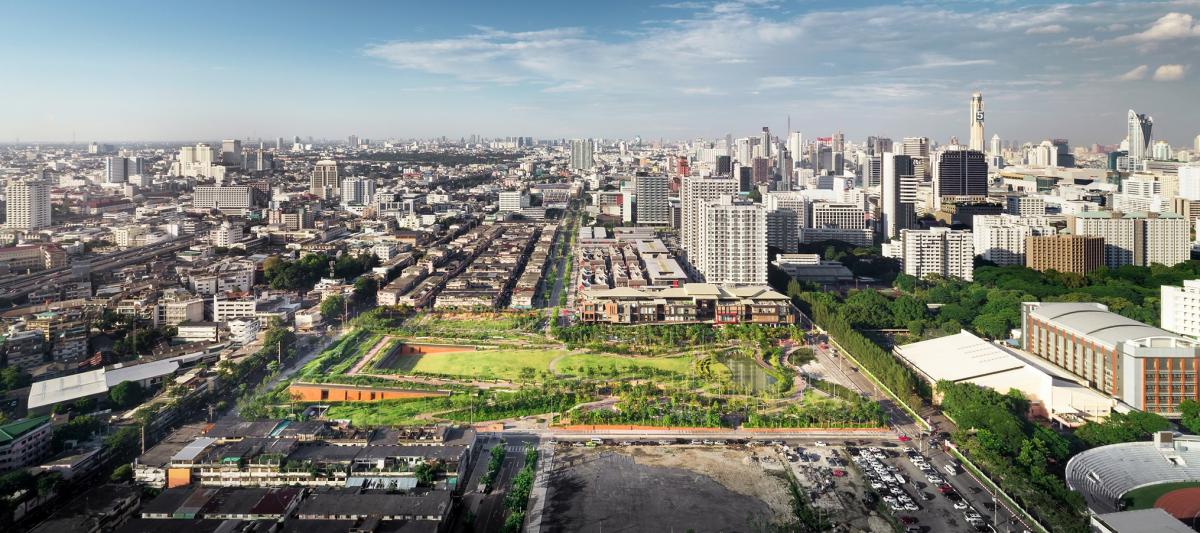
Two widely acclaimed landscape projects in Bangkok, the Chulalongkorn University Centenary Park and the Thammasat University urban rooftop farm, act as multi-use sponge spaces in the dense urban fabric. These aid in retention and absorption of rainwater to mitigate frequent inundation. Global South cities have started creating versatile and porous landscapes, albeit small-scale in informal settlements, that transform into stormwater retention areas after rain events, adding high quality community public spaces and increasing resilience.
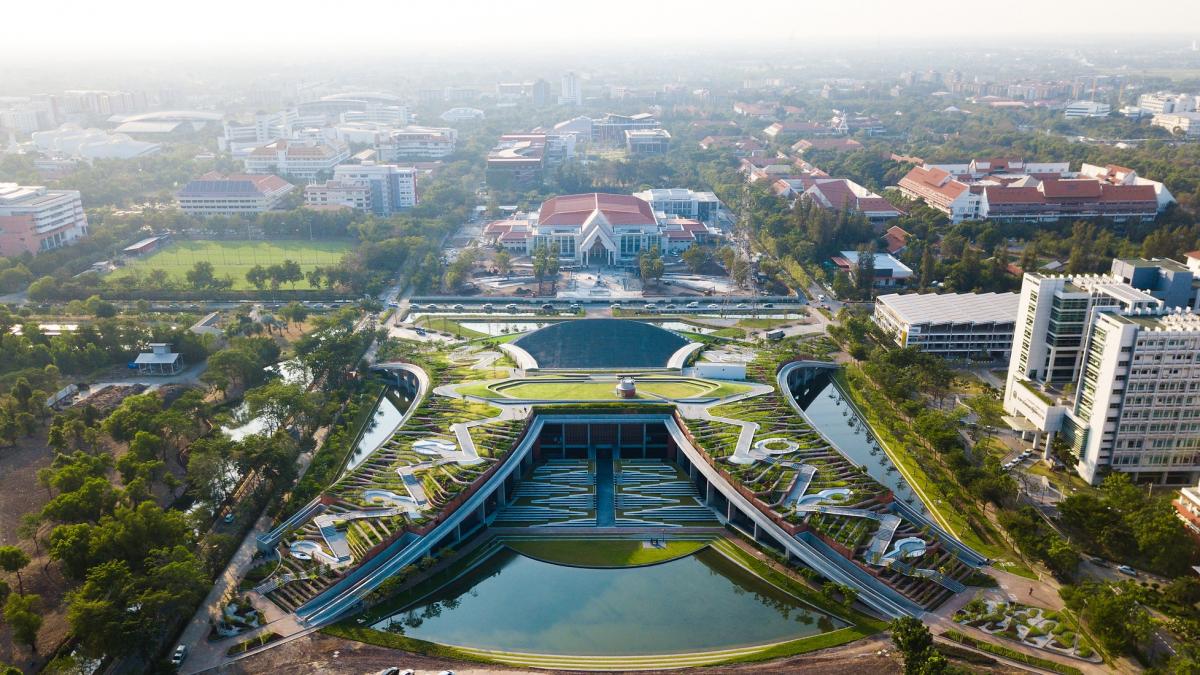
Most neighborhood scale examples of integrated blue-green solutions use medium to large open spaces (parks/rooftops) to absorb and/or store excess stormwater. Integrating these spaces with networks of smaller blue-green interventions (green roofs and streets) across neighborhoods can help create decentralized off-grid systems for effective urban flood management.
City-scale: Blue-Green Networks
Vancouver and Copenhagen offer examples of city-wide strategies to mitigate urban floods through nature-based stormwater management. Vancouver’s hybrid rain city strategy focuses on adaptive management; stormwater infrastructure is flexible and adapts to varying rainfall conditions. It’s 2019-22 capital plan has identified an operating budget of 70 million USD (over INR 500 crore) to implement green rain infrastructure, ensuring a phase-wise delivery of the initiative. Similarly, Copenhagen’s cloud burst plan integrates urban planning, integrated blue-green-grey solutions, traffic, and hydraulic analysis with sound investment strategies to reduce flooding and improve urban livability. The plan conceived 300 projects of varying size and complexity, out of which the St. Kjeld’s neighborhood was selected as the first climate adaptive community for pilot implementation of integrated blue-green-grey infrastructures.
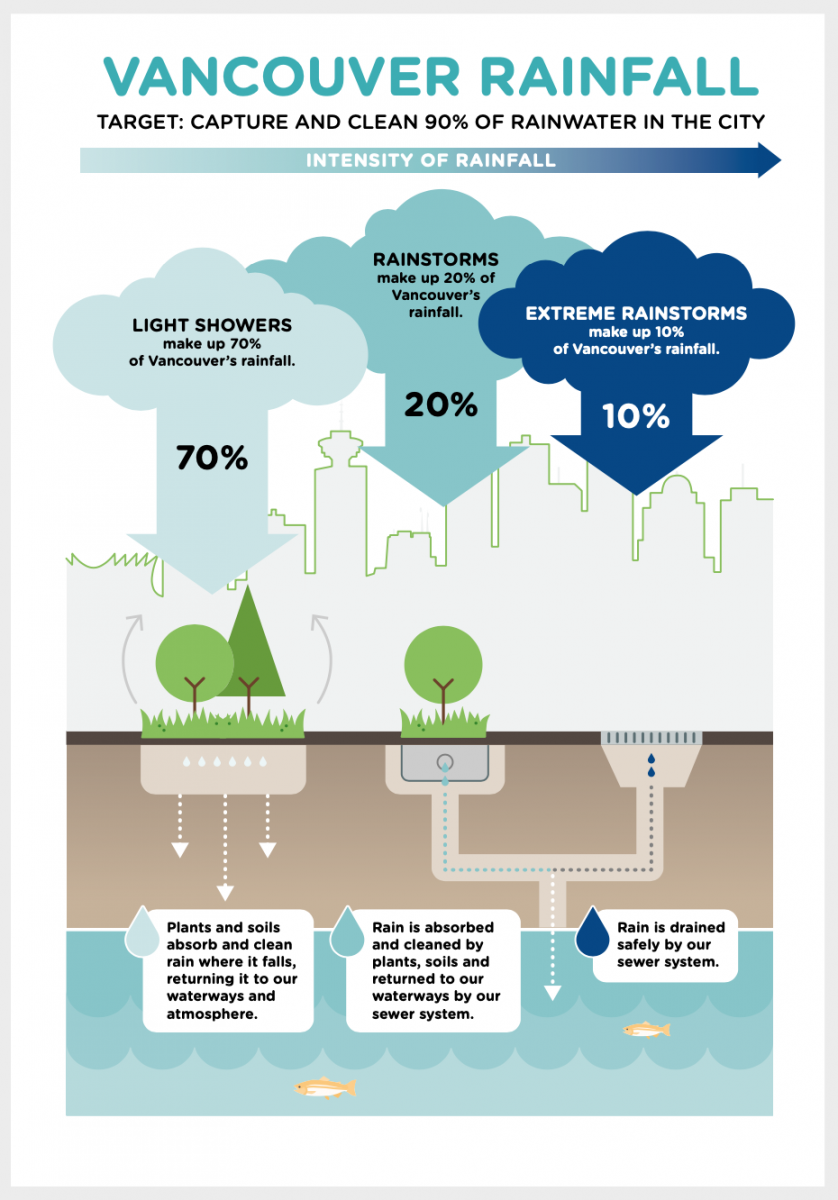
Regional interventions: Managing Upstream and Downstream areas in tandem
Netherlands Room for the River program seeks to implement regional interventions to manage higher water levels across four rivers and prevent flooding in cities along the rivers. The idea is to remove artificial constraints in the river so that water retention capacity can be increased during flood events.
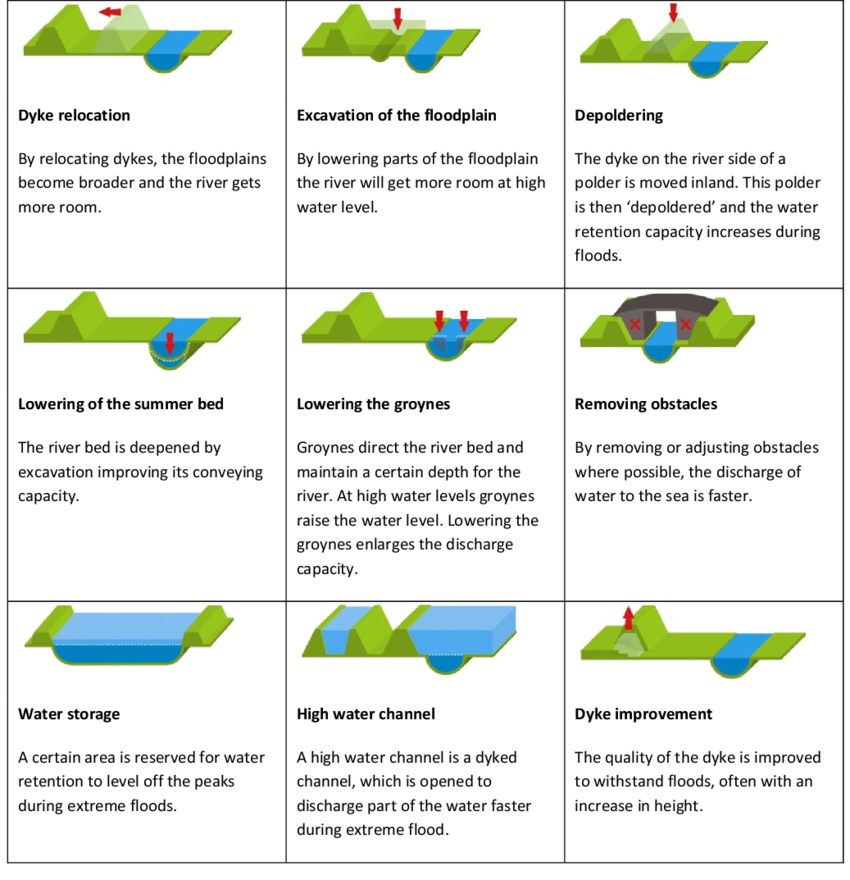
National policies enable impact at scale
National level green policies and programs such as in Singapore and China support widespread flood-proofing in urban areas by enabling financing and collaborative implementation of innovative hybrid solutions. China’s ambitious sponge city initiative offers financial aid to its cities such as it did in Wuhan (as a pilot city) so that 80% of urban areas absorb and re-use at least 70% of stormwater by 2020. Effective implementation remains a challenge and the recent flooding following torrential rains in July 2020 in Wuhan city suggests the need for more holistic systems thinking approach.
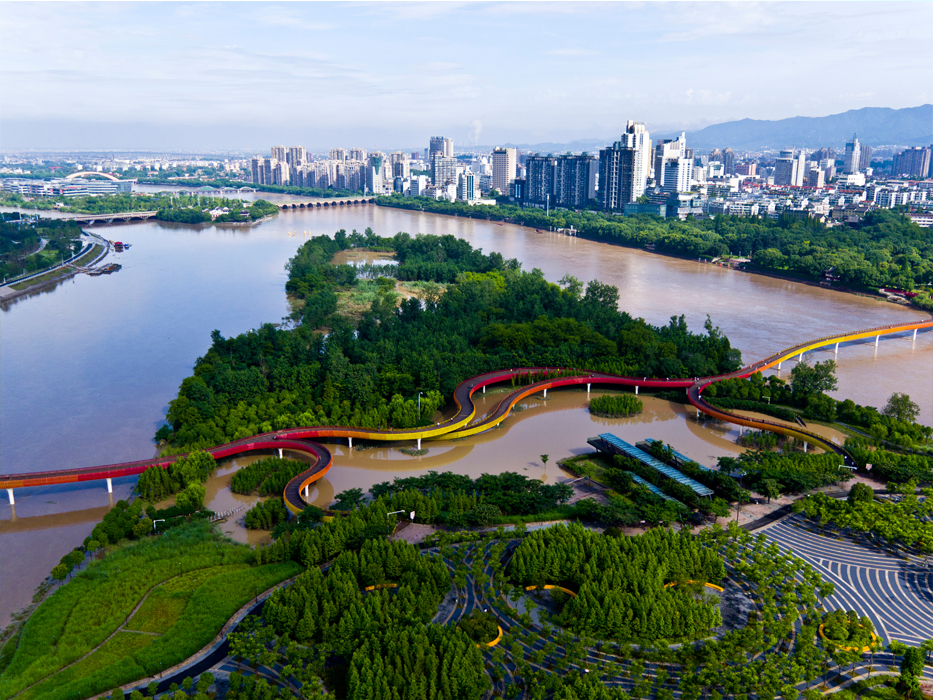
Global examples described here highlight various innovative and multi-scalar interventions that can improve resilience to urban floods. Given recurring and frequent urban floods across Indian cities it is critical to explore the potential of such integrated blue-green- grey solutions to flood-proof cities. The 20th century solutions of concretized storm drains and channelized rivers no longer suffice to manage high volumes of stormwater runoff brought about by rampant urbanization and climate variability in Indian cities. Integrated grey and blue-green solutions are cost-efficient, scalable and offer a multitude of ecosystem benefits to manage urban floods; there is urgent need to transition to such systems to meet current and future urban flooding challenges in India.
Part III of this blog series will illustrate the innovative ideas for integrating blue-green-grey infrastructures across Indian cities, where with simple, small yet scalable and quickly implementable interventions, Indian cities will take steps towards becoming flood resilient.
These are the authors' personal views.